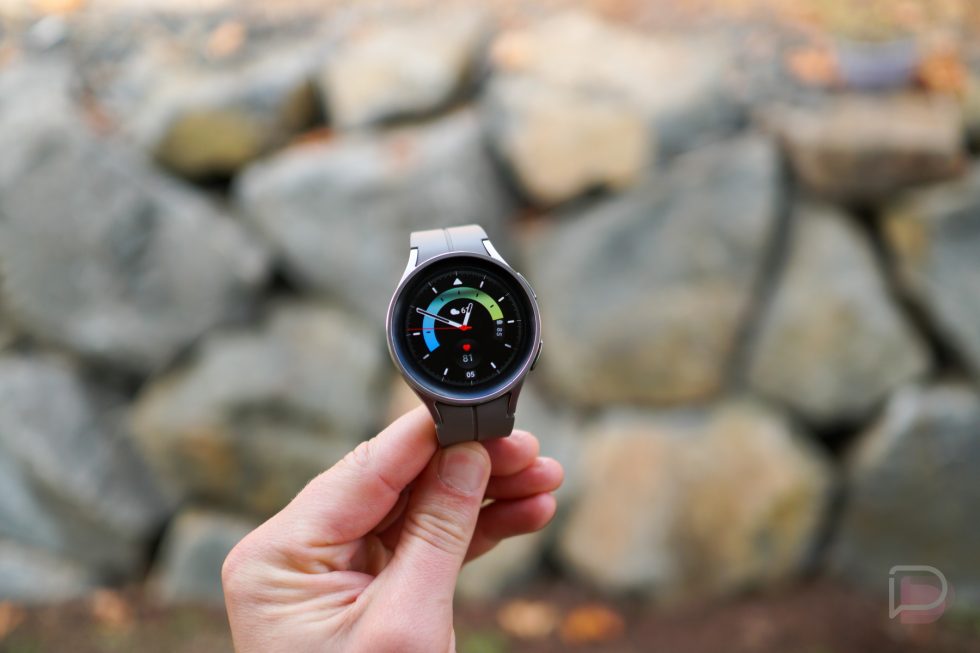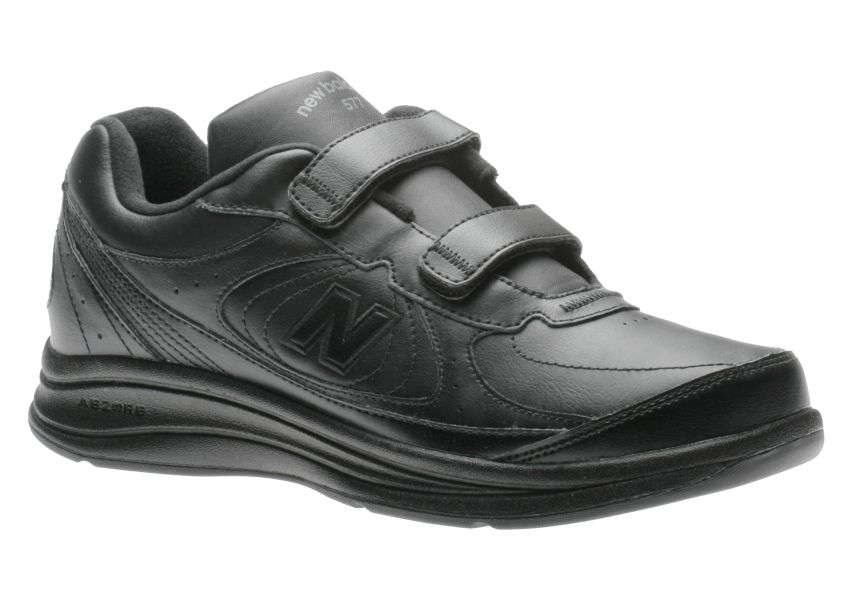Samsung watch 5 battery life reddit
Product SKU:
5357aa21
About this item
Samsung watch 5 battery life reddit
I got the Galaxy Watch 5 44mm BT, ask me everything : r/GalaxyWatch
Galaxy Watch 5 Pro Battery Life (3rd cycle) : r/GalaxyWatch
Galaxy Watch 5 Pro Review: The Battery Life God
TicWatch Pro 3 Ultra vs Galaxy Watch 4 Classic : r/TicwatchOfficial
Galaxy Watch5 • Long term Review ⭐ : r/GalaxyWatch
Battery life: galaxy watch 40mm vs 44mm : r/GalaxyWatch, I got the Galaxy Watch 5 44mm BT, ask me everything : r/GalaxyWatch, Galaxy Watch 5 Pro Battery Life (3rd cycle) : r/GalaxyWatch, Galaxy Watch 5 Pro Review: The Battery Life God, TicWatch Pro 3 Ultra vs Galaxy Watch 4 Classic : r/TicwatchOfficial, Galaxy Watch5 • Long term Review ⭐ : r/GalaxyWatch, Samsung's Galaxy Watch5 looks like it could get a battery upgrade : r/ GalaxyWatch, Samsung Galaxy Watch 5 Pro: A rough-and-tumble smart watch | TechRadar, Bright and Beautiful: Hands On With Samsung's Galaxy Watch 5 | PCMag, I've got the Galaxy watch 5 Pro. What do you wanna know? : r/GalaxyWatch, Galaxy Watch 5 Pro Review: The Battery Life God, Samsung Galaxy Watch 5 Review | PCMag, Samsung Galaxy Watch 5 adds battery life, screen strength, and temperature sensor | Ars Technica, The Best Smartwatches for 2023 | PCMag, Galaxy Watch 5 Pro review: a heart-not-head buying decision | Digital Trends, Samsung Galaxy Watch 5 vs. Galaxy Watch 4 | Digital Trends, Galaxy Watch 4 Review: Wear OS is Back, Baby!, Google Pixel Watch vs. Samsung Galaxy Watch 5: Which is Right For You? - TheStreet, Samsung Galaxy Watch 5 Pro is official as Samsung's most durable and feature-packed watch yet : r/GalaxyWatch, Samsung Galaxy Watch 5 Pro review: The best Samsung watch for battery life | Tom's Guide, Galaxy Watch 5 Pro review: a heart-not-head buying decision | Digital Trends, Samsung Galaxy Watch 5 Review: The best gets better, Galaxy Watch 5 Pro Official With Big Upgrades Over Galaxy Watch 4, Samsung Galaxy Watch user claims wearable BURNED their wrist when left on while they were sleeping | Daily Mail Online, This incredible Galaxy Watch 4 deal includes a free wireless charger, Samsung Galaxy Watch 5 Review: A near-perfect Android smartwatch, Google Keep update brings Tile to Galaxy Watch 4, Watch 5 smartwatches - SamMobile, Bright and Beautiful: Hands On With Samsung's Galaxy Watch 5 | PCMag, Pixel Watch review: Google and Fitbit's imperfect marriage | Engadget, First Early Galaxy Watch 5 Pro Review Arrived, Samsung Galaxy Watch5 and Galaxy Watch5 Pro launched with improved fitness and health tracking, sapphire crystal glass, and vastly improved battery life - NotebookCheck.net News, Samsung Galaxy Watch 5, Watch 5 Pro feature bigger batteries - The Verge.
